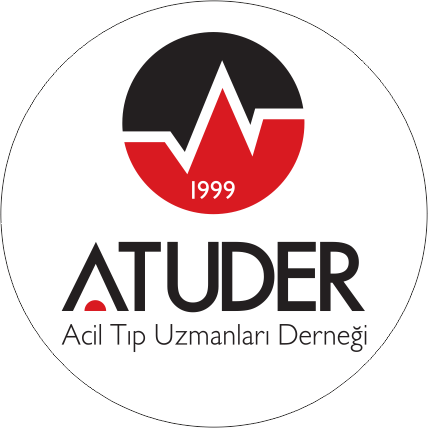Hydrogen peroxide (H2O2) is a clear, colorless, odorless liquid that usually exists in solutions with concentrations ranging from 3% to 90%. It is relatively unstable and will rapidly decompose, through an exothermic reaction into water and oxygen in the presence of alkali, metals, and the enzyme catalase, which is usually found in mucous membranes, liver, kidney, red blood cells, and bone marrow (1).They can cause corrosive damage, oxygen gas formation, and lipid peroxidation. After coming in close contact with the stomach wall, it releases oxygen, which then diffuses inside the blood vessel, which further leads to gas-induced hypervascularity, especially in the portal system, gastric wall, cerebral vessels, and pulmonary vessels, because of the high concentration of oxygen, which exceeds the maximum solubility of blood. Often, intravascular foaming can affect right ventricular output. One swallow, approximately 30 mL, of 35% H2O2 can produce 3400-mL oxygen gas (2). There may be some therapeutic value of hyperbaric oxygen therapy (HBOT) for treating vascular gas embolism and mitigation of concentrated H2O2 ingestion toxicity.
Zengin et al. (3)reported hepatic portal venous gas in a 20-year-old male after ingesting 30 mL of 30% H2O2, and the case was conservatively managed and discharged on 4th day. No HBOT was used. However, various studies showing the mortality benefit of HBOT after H2O2 ingestion are shown in Table 1.
Youssef et al. (4) reported that the differential diagnosis of portal vein gas following H2O2 ingestion is pneumobilia and pneumoperitoneum, on X-rays both present with sword lucency in the right paraspinal region (Saber sign) and cupola sign, respectively. On computed tomography, pneumobilia has branch air densities with more central distribution, and pneumoperitoneum has free air densities in peritoneal cavities.
Chung and Jeong (5) reported oxygen embolism (sudden drop of PETCO2 from 35 mmHg to 22 mmHg) in a 39-year-old male caused by accidental subcutaneous injection of 3% of 50 mL H2O2 following right acetabulum fracture surgery.
Vander Heide and Seamon (6) reported the case of an 82-year-old woman who accidentally ingested food-grade peroxide and developed severe neurological sequelae and seizures.
Pak et al. (7) reported a case of a 52-year-old male who accidentally ingested approximately 100 mL of 35% H2O2, resulting in the sudden onset of gastrointestinal and neurological symptoms.
Current recommendations for HBOT in cerebral air gas embolisms involve the use of Navy Dove, which takes patients to a depth of 3 atmospheres absolute (ATA) for 60 min followed by 120 min at 2 ATA with several air breaks interspersed throughout, taking a total of 285 min to complete (8).As per Boyles’ law, the volume of gas emboli is decreased, which increases the solubility of gas into the tissues and plasma, leading to rapid resolution of vascular occlusion.
Hatten et al. (9) conducted a retrospective analysis over a period of 10 years from the National Poison Data System and concluded that high-concentration (>10%) peroxide ingestion occurred in 294 cases, of which 41 cases developed embolic events and 20 cases either died or presented with sustained disability. Death occurred in 5 of 294 symptomatic patients with evidence of possible embolic events on follow-up at the poison center (Table 2).
Conclusion
H2O2 is very unstable and easily decomposes to form oxygen and release heat. The severity of H2O2 ingestion will depend on the concentration used, exposure route, and contact time. The two concentrations mainly used for H2O2 are 3% and >10% for medical disinfection and industrial use, respectively. A concentration of >30% is corrosive to the skin, mucosa, and other local tissues. Shock, coma, convulsions, and pulmonary and cerebral edema may occur within 24-72 hours after exposure to highly concentrated hydrogen peroxide. Early use of Hyperbaric oxygen therapy may serve as an effective mode of treatment for improving clinical conditions.



